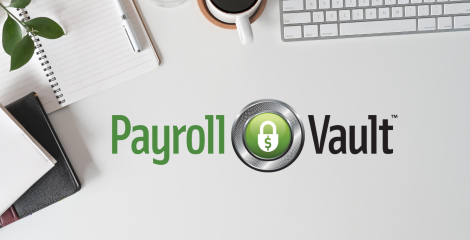How Payroll Systems Work: A Modern Business Guide

FEBRUARY 11, 2025
In today's digital-first business landscape, payroll systems do more than just process payments—they're comprehensive platforms that integrate with every aspect of workforce management. Here's what modern business owners need to know.
The Evolution of Payroll Management
Recent studies by Deloitte show that 35% of businesses cite payroll automation as their top priority for 2025, while 28% worry about compliance with rapidly changing tax regulations. An efficient payroll system isn't just a convenience—it's a crucial factor in maintaining competitive advantage and employee satisfaction.

Modern Payroll Systems: Core Functions
Today's payroll systems handle multiple critical functions:
- Real-time payment processing with instant direct deposits
- Automated tax calculations and filing
- Digital time tracking with mobile integration
- AI-powered compliance monitoring
- Cloud-based document management
- Integration with digital wallets and cryptocurrency options
- Remote workforce payment solutions
- International payment processing

The Digital Transformation Advantage
Modern cloud-based payroll solutions offer several key benefits:
Automated Compliance
With constantly evolving tax laws and labor regulations, automated systems update in real-time to ensure compliance across jurisdictions.
Enhanced Security
Advanced encryption and multi-factor authentication protect sensitive payroll data, while blockchain technology is increasingly being used for transaction verification.
Employee Self-Service
Modern platforms provide mobile apps where employees can:
- Access pay stubs and tax documents
- Adjust tax withholdings
- Manage direct deposit settings
- Track PTO and benefits
- Access learning management systems

Choosing the Right Solution
When selecting a payroll system, consider:
- Scalability needs
- Integration requirements with existing software
- Mobile accessibility
- Compliance requirements for your industry
- Cost structure (typically based on employee count and feature set)
- Support for remote/hybrid workforce management
Investment and ROI
While implementing a modern payroll system requires initial investment, businesses typically see:
- 70% reduction in processing time
- 60% decrease in payroll errors
- 40% improvement in employee satisfaction with pay-related queries
The Future of Payroll
Looking ahead to 2025-2026, emerging trends include:
- Blockchain-based payment systems
- AI-powered predictive analytics for labor costs
- Biometric time tracking
- Integration with metaverse platforms for remote team management
- Real-time payment options
Take the next step in streamlining your payroll. Payroll Vault is ready to create a custom solution just for you. Contact us today to get started!

